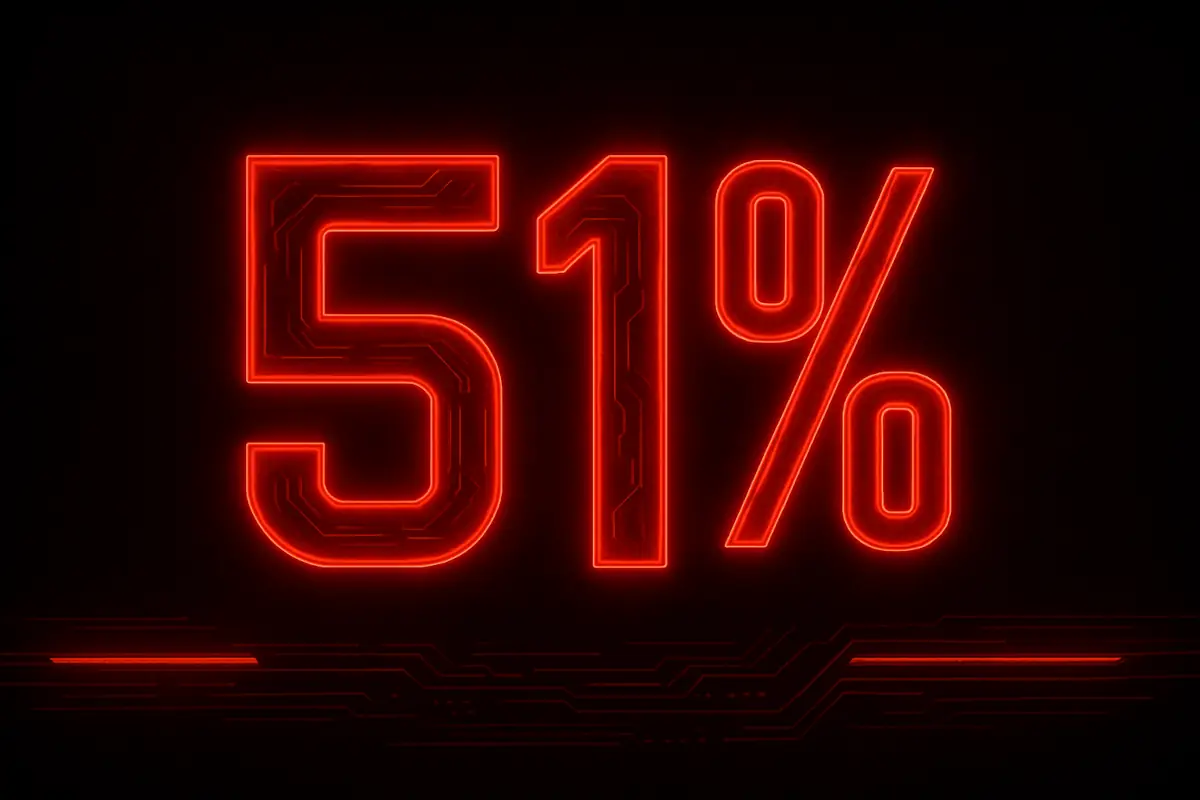Technical analysis is a popular method used by traders to evaluate and predict the future price movements of assets, including cryptocurrencies. It involves analyzing statistical trends from trading activity, such as price movements and volume. The goal is to identify patterns and use them to make informed trading decisions. But does it really work, especially in the highly volatile world of cryptocurrencies? Let’s take a closer look.
Table of Contents
The Basics of Technical Analysis
At its core, technical analysis is based on the idea that past trading activity and price changes can be useful indicators of future price movements. Traders who use technical analysis often rely on charts and technical indicators. Some common indicators include moving averages, Relative Strength Index (RSI), and Bollinger Bands. By looking at these indicators, traders try to determine trends, potential reversals, and optimal entry and exit points for trades.
For example, moving averages smooth out price data to help identify the direction of a trend. The RSI measures the speed and change of price movements to indicate overbought or oversold conditions. Bollinger Bands use standard deviations to show the range of price movement and potential breakout points. These tools can provide valuable insights, but they are not foolproof.
The Limitations of Technical Analysis
One major limitation of technical analysis is that it relies heavily on historical data. While past trends can provide useful insights, they do not always predict future movements accurately. The cryptocurrency market, in particular, is known for its high volatility and susceptibility to sudden, unpredictable changes. Factors like regulatory news, technological advancements, or even influential tweets can cause drastic price swings that technical indicators might not account for.
Another issue is that technical analysis assumes that all relevant information is already reflected in the asset’s price. However, the cryptocurrency market is still relatively young and not as efficient as traditional financial markets. This means that prices can be influenced by rumors, speculation, and market manipulation, which technical analysis tools might not capture effectively.
Moreover, many traders use similar technical indicators, which can lead to self-fulfilling prophecies. For example, if a large number of traders see a certain level as a buying opportunity based on a popular indicator, their collective actions might drive the price up, temporarily validating the indicator. However, this effect can be short-lived and may not provide a reliable basis for long-term trading strategies.
Why Technical Indicators Don’t Guarantee Success
While technical analysis can be a useful tool, it does not guarantee success for several reasons. First, the effectiveness of technical indicators often depends on the time frame being analyzed. An indicator that works well on a daily chart might not be as reliable on a weekly or monthly chart. This means that traders need to carefully choose the appropriate time frame for their analysis, which can be challenging.
Second, technical analysis is highly subjective. Different traders might interpret the same chart patterns or indicators in different ways, leading to different trading decisions. This subjectivity can result in inconsistent outcomes, even among experienced traders.
Third, the cryptocurrency market operates 24/7, unlike traditional markets that have set trading hours. This continuous trading environment means that price movements can happen at any time, often when traders are not actively monitoring the market. Relying solely on technical analysis without considering these dynamics can lead to missed opportunities or unexpected losses.
Finally, technical analysis does not account for fundamental factors that can significantly impact cryptocurrency prices. For instance, news about a major partnership, a security breach, or changes in regulatory policies can all affect the market. Ignoring these fundamental aspects can lead to incomplete analysis and poor trading decisions.
A Balanced Approach
Given the limitations of technical analysis, it’s important for traders to adopt a balanced approach. While technical analysis can provide valuable insights, it should be used in conjunction with other methods, such as fundamental analysis and market sentiment analysis. Staying informed about the latest news, developments, and trends in the cryptocurrency space can help traders make more well-rounded decisions.
Additionally, risk management is crucial in trading. Setting stop-loss orders, diversifying investments, and only risking what you can afford to lose are all important strategies to mitigate the risks associated with trading cryptocurrencies.
In conclusion, technical analysis can be a helpful tool in the cryptocurrency market, but it is not a guaranteed path to success. Understanding its limitations and complementing it with other analytical methods can improve your chances of making informed and profitable trading decisions. Remember, the crypto market is highly unpredictable, and no single strategy can eliminate all risks. Always trade cautiously and stay informed.




